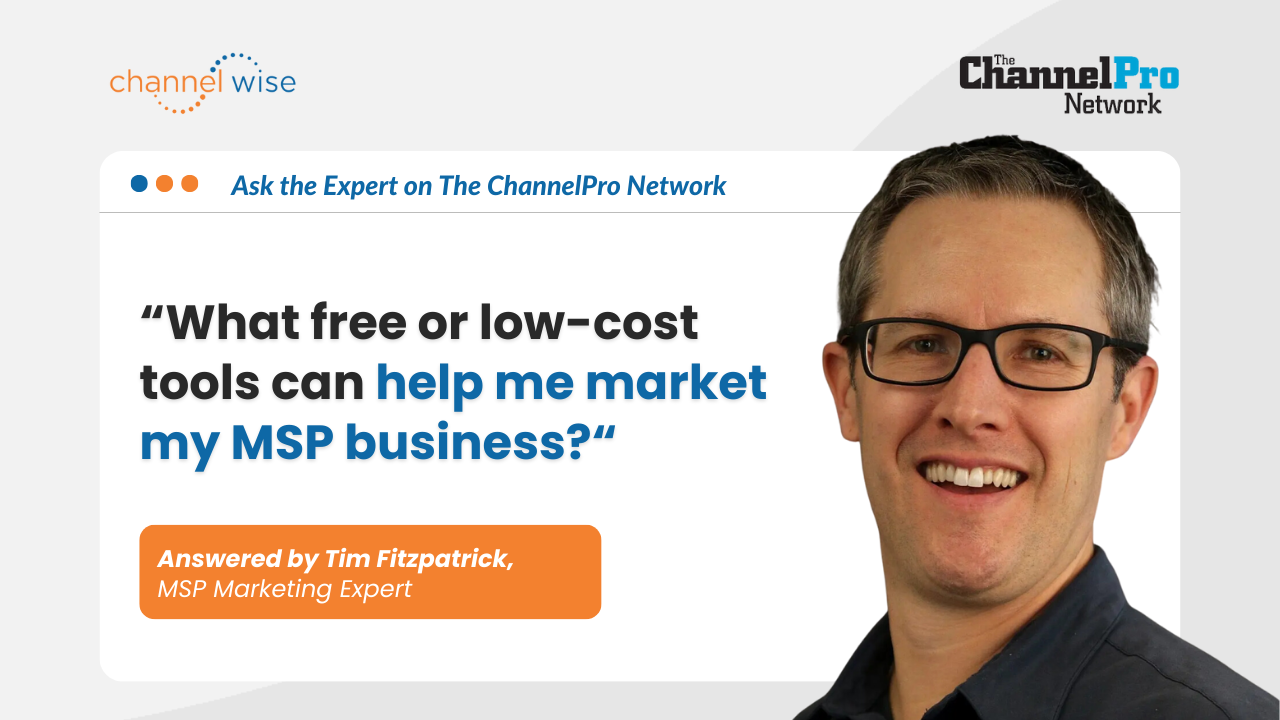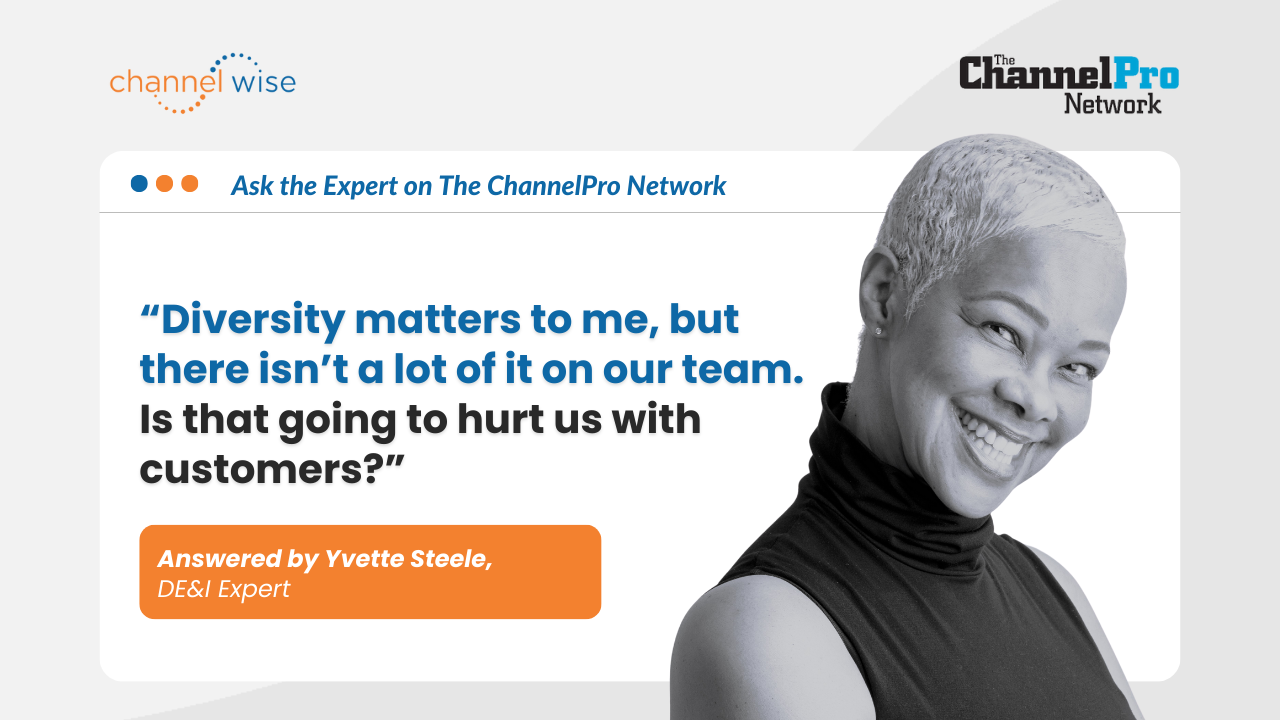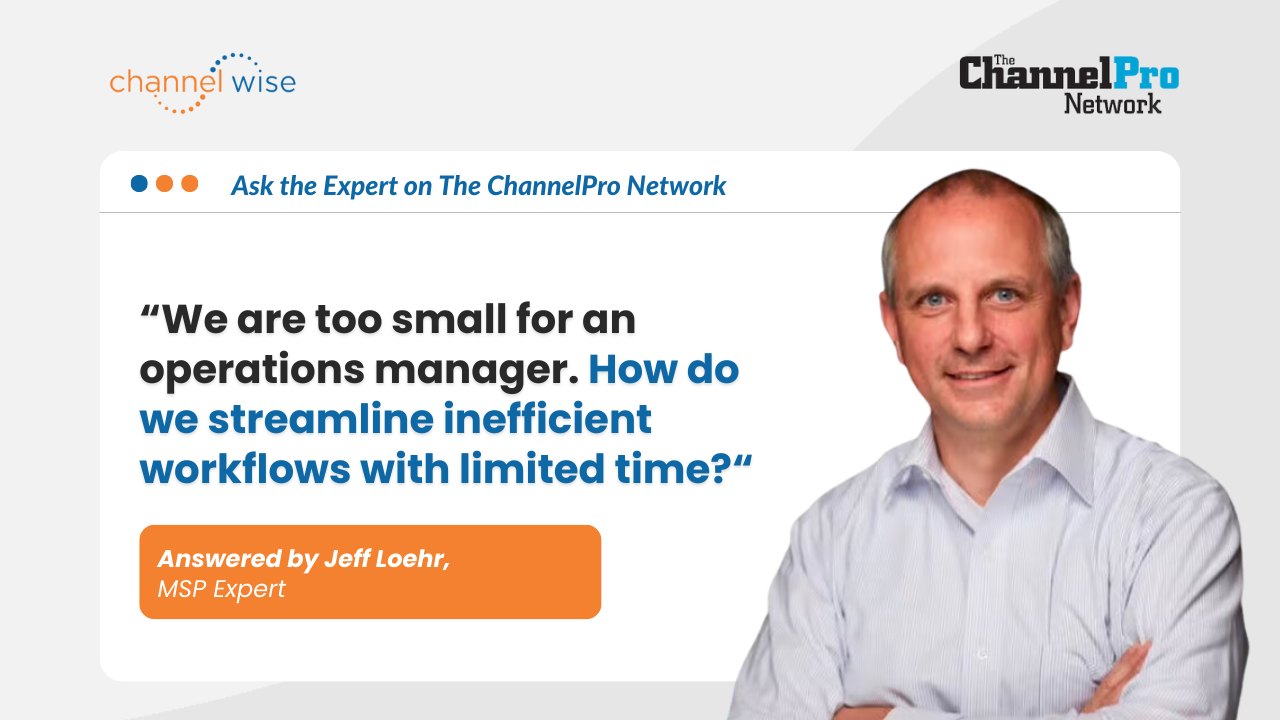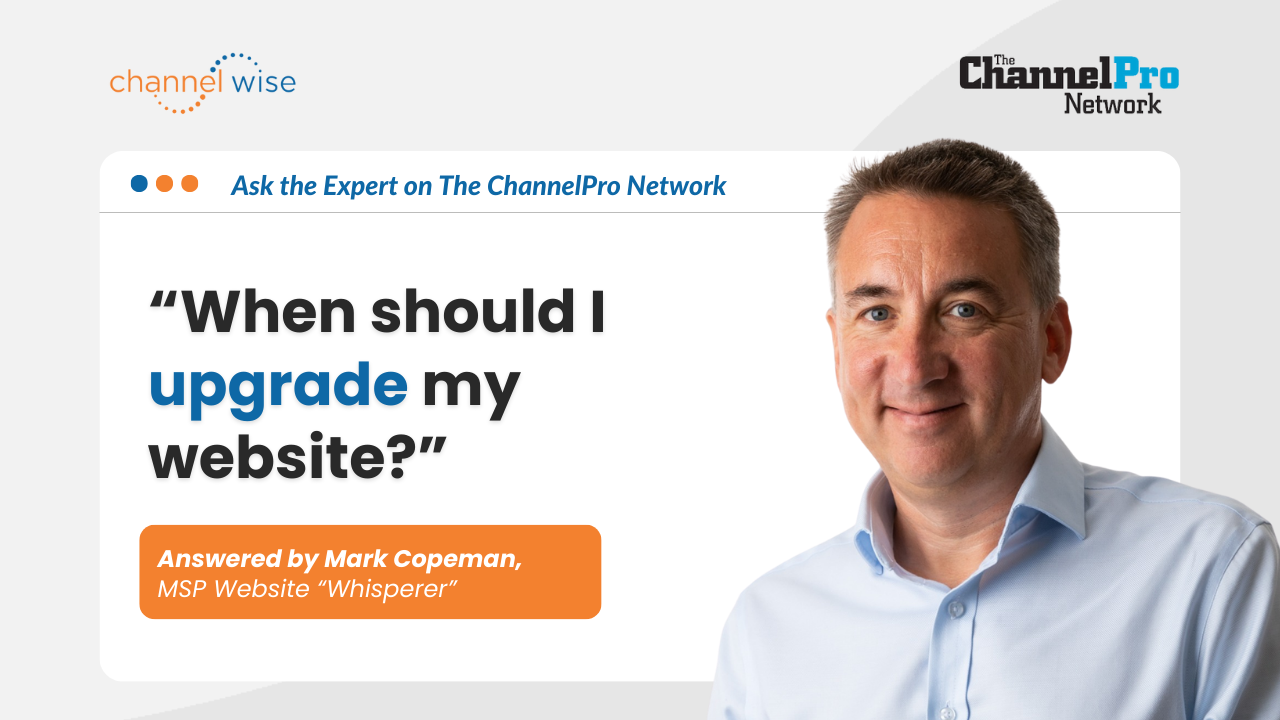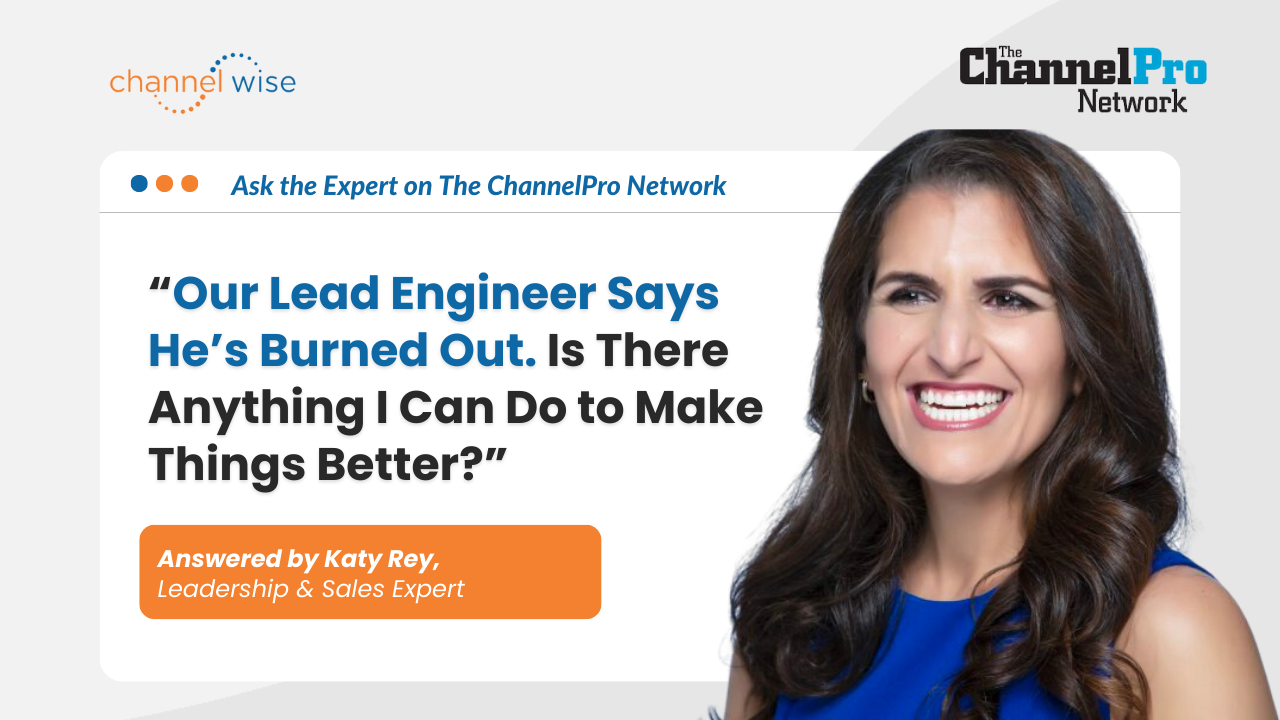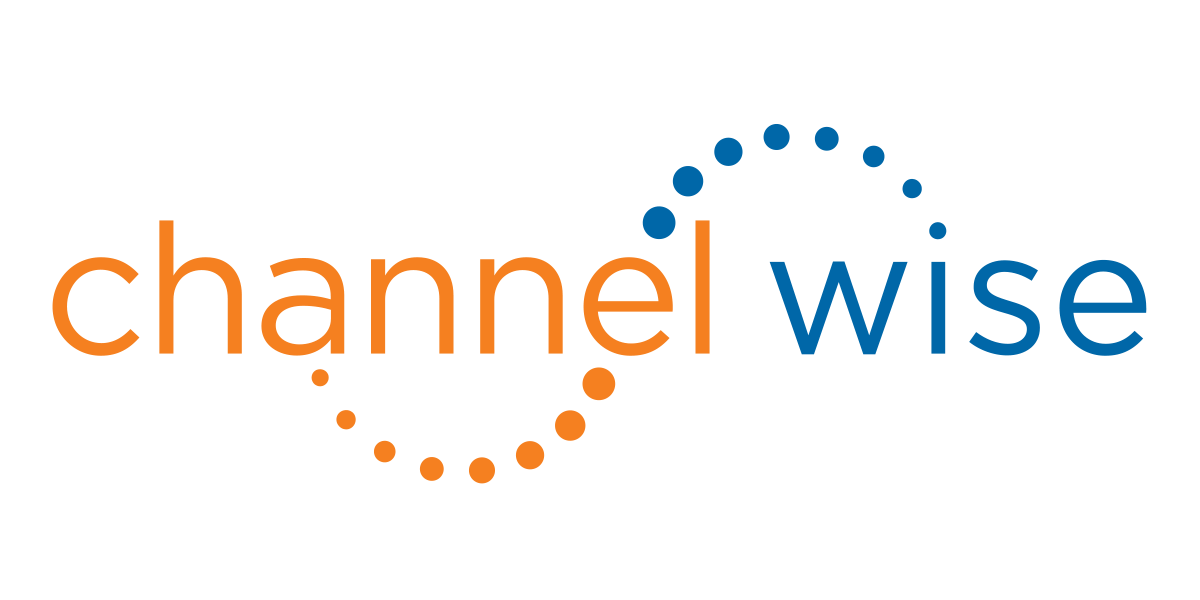Mergers & Acquisitions: Time to Sell My Business? With Cristian Anastasiu
Replay:
Deciding to sell your business is a significant step that demands careful planning and expert advice. In our previous Ask the Expert episode, Kathryn Rose, the CEO & Founder of channelWise, interviewed
Cristian Anastasiu, an esteemed Mergers & Acquisitions (M&A) Advisor.
Read on for his invaluable insights on determining the ideal time to sell your business.
Highlights:
- Effectively managed businesses with recurring revenues and solid financial structures are more attractive to potential buyers in M&A transactions.
- The type of buyer, be it private equity or strategic, significantly influences the company's future, particularly regarding its culture and identity.
- The guidance of a trusted M&A advisor is invaluable, especially considering the emotional complexities involved in selling a business.
Why is there a trend of M&A panels at conferences?
It's a mix of factors. Many companies were established in the 90s and early 2000s, so the owners are now considering exit strategies. Additionally, the structure of companies in the channel plays a part. Among Managed Service Providers (MSPs), we count around 10,000. Many are small but have recurring revenue models that attract private equity firms. These firms value the recurring nature of revenues and the opportunity to consolidate and acquire businesses. Over the years, we've seen over 100 private equity firms investing in this space, some acquiring over 50 companies. This trend should continue as long as the businesses are solid and numerous companies remain available for acquisitions.
What should a new Managed Service Provider consider to effectively sell their business in the future?
Firstly, manage your business as effectively as possible. This involves serving your clients well, ensuring employee satisfaction, hiring top talent, and developing a management team. Scaling your business and making it less dependent on you is particularly relevant to M&A, as buyers have more confidence in businesses that aren't solely reliant on their owners. It might also be worth considering making an acquisition or two yourself, which can provide valuable insight into a buyer's perspective. Culturally, this can test your company's ability to integrate another team. Recurring revenue is also crucial; focus on growing this component. Finally, establishing early processes and structures, especially regarding financials, is key. Despite the tendency of MSP owners to be technical or sales-oriented rather than financial, having solid financial procedures and tools in place can enhance your company's scalability and attractiveness to potential buyers.
What should someone look for in another MSP if they're considering acquisition?
The first step is to ask why you're considering an acquisition and define your goals. This could be about scaling, adding a geographical presence, or integrating specific technology into your offerings. However, it's also important not to make sudden changes to improve profitability just before selling, as experienced buyers can see through these tactics. Instead, any changes made should be long-term and beneficial to the business.
What are the different types of buyers in the market?
The two main categories are financial buyers, including private equity firms and family offices, and strategic buyers. Financial buyers have driven much of the consolidation in this space. On the other hand, strategic buyers may seek to add certain components such as technology, a geographical footprint, or a management skillset.
Is it important for a seller to consider the type of buyer they want to sell to?
Yes, it's important to consider the type of buyer, as the company's future can be significantly different depending on whether it's a private equity deal or a strategic one. With a private equity deal, the seller can remain invested in the business, and the company culture is often maintained. However, the seller is tied to the business for an undefined period. In a strategic deal, there might be an earnout period of one to two years, after which the seller could choose to leave or stay in a senior role. The company usually gets integrated into the acquiring company and may lose its original identity over time.
How can a seller find the right advisor to help them through a merger or acquisition, and what criteria should they consider when hiring an advisory firm?
Three critical aspects to consider when choosing an advisor are:
- Understanding: Does the advisor understand your business? This is crucial because it helps the advisor position your company when talking to potential buyers. They should be able to handle the M&A process while you focus on running the business.
- Familiarity: Does the advisor know the potential buyer? Even if not personally, they should understand the buyer's motivation and have previous experience with similar deals.
- Trust: Is there chemistry and trust? You need to be comfortable with this person guiding you through critical decisions and be confident that they have your best interests at heart.
Can an advisor assist in finding a buyer?
Absolutely, that's part of the engagement. In fact, looking back at dozens of transactions over the past 20 years, almost in every transaction, the buyer was not known to our client at the beginning of the process. That's an important component of the value an advisor can bring.
Why is the emotional component of selling a business important?
The emotional component is the most important part of a deal and in preparation for a deal. The reality is that most business owners, by the time they decide to sell the business and select the buyer, the emotional component plays a huge role. We bring multiple buyers to the table and create a market, an auction almost, for our clients. But when we get to that point, they often prefer to establish a relationship with someone they like, even without knowing if the other parties would have offered more for the business. So we work with our clients initially, trying to understand their motivation, if they are ready, and what they plan to do after they've sold their business. The emotional readiness is a significant factor.
What are the current trends in valuations for businesses?
Valuations have recently seen a shift, particularly for larger transactions with EBITDA of 5 million or higher. These deals have been put on hold or slowed down significantly, possibly due to lower multiples offered by buyers. Exits following initial recaps by private equities have also not met initial expectations, leading to lower valuations. Premium valuations like 12 times or 14 times are now rare. However, for smaller companies that don't expect a premium, deals within the range of six to eight times EBITDA are still happening, and there are good quality buyers and interested sellers in the market.
For more advice about M&A in the channel, visit
Cristian's profile on channelwise.
Check out channelwise.com to find more experts to help you with your business or career.
Note: Transcript is edited for time and clarity.
